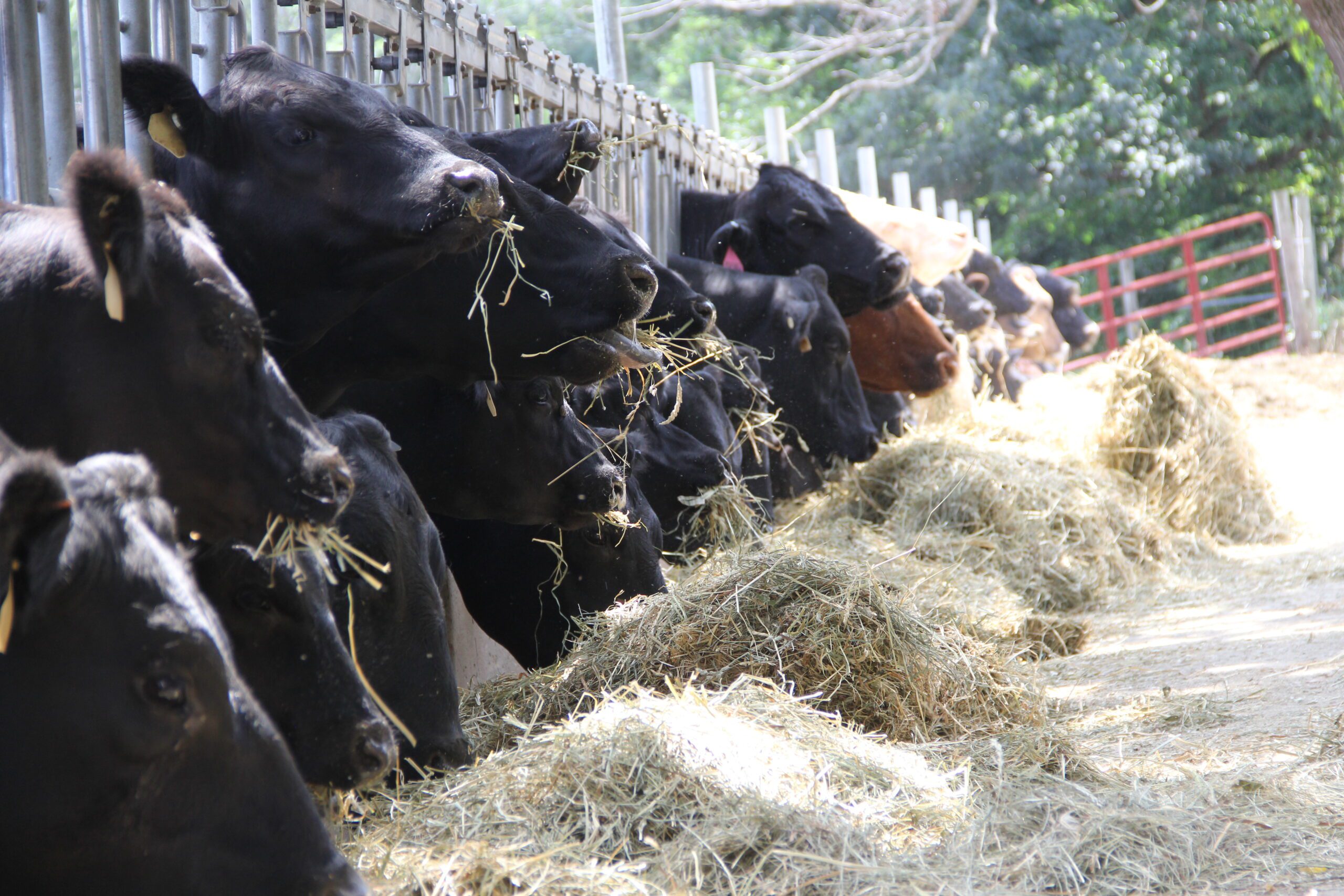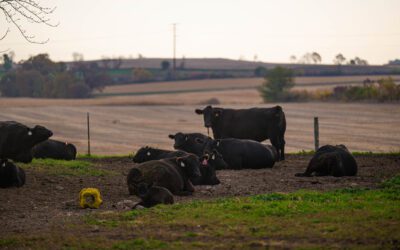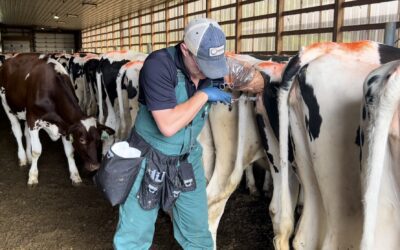High Molybdenum soils inhibit copper.
There are ample opportunities to increase reproductive performance of the cows and heifers in the herd who we ask to make one pregnancy at a time, not to mention those valuable donors whom we ask to produce dozens of embryos at a session. Overall reproductive performance of these donors certainly becomes more sensitive to nutritional changes and other stressors compared to non donor herd mates. Long term management of body condition score is critical yet can be practically challenging especially we dry donors on an prolonged flush program. Also specific. Although some consultants suggest giving trace mineral or vitamin injections before flushing cows (containing Vitamins A, E, Selenium, Copper, Maganese and Zinc) there is actually very limited evidence that these injections will improve fertility unless the donor was truly deficient. It is rare that we see these types of nutritional deficiencies today in the dairy herd with the science, technology and the extensive oversight by quality professional nutritionists. Having said that there is evidence that feed additives containing organic trace minerals may have beneficial effects on fertility of ET donors because they are more biologically available. Newly emerging data suggests that higher starch diets after calving followed by higher fat diets once breeding begins could also be beneficial. Other more generic principles remain applicable to the donor’s reproductive performance such as providing adequate bunk space (30 inches), adequate time in the pre-fresh group, consistency and frequency of feed delivery and the quality of individual feed ingredients and the total ration. The most common nutritional and metabolic condition influencing our adult dairy donors today is Lactation itself. Lactating donors will typically have their best flush while still early in their lactation before peak milk and the negative energy balance can really catch up with them. If this window is missed you may not have another flush as good until late lactation when she has regained her positive energy balance and her body condition is improving.
Perhaps the most consistent association between nutrition and reproduction is the reduced fertility of diets high in crude protein, especially ruminally degradable protein. Preventing this type of reproductive issue should focus on monitoring milk UN levels or blood UN levels. High UN is primarily a infertility risk factor due to the energy cost of detoxifying excessive ruminal ammonia into urea by the liver. Now as producers are increasingly working more often with especially young heifers we are seeing the same nutritional and metabolic concerns only due to a growth component. When young heifers hit a growth streak we can expect our flush results will be subpar. Many breeders are focusing on nutritionally accelerated growth programs to achieve early onset to puberty allowing the application of IVF and ET at an earlier age and reducing the overall generation interval. The caveat is that programs which focus on elevating the protein levels can lead to excessive blood urea nitrogen which will have detrimental effects on the ovaries and the uterus ultimately leading to subpar results. I would recommend working closely with your veterinarian and nutritionist if you are hoping to walk such a tight rope in balancing accelerated growth and achieving successful flush results.




